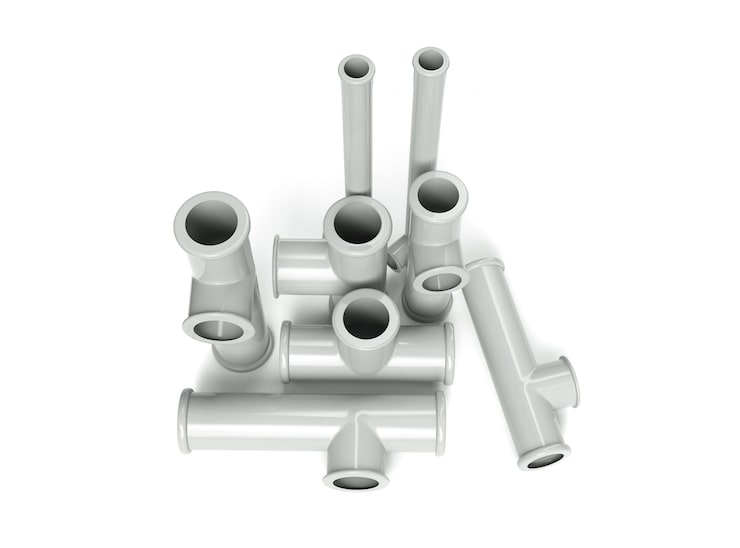Understanding what is ESD powder coating is crucial for industries where electrostatic discharge can cause serious damage to sensitive electronic components or ignite flammable materials. ESD, which stands for Electrostatic Discharge, refers to the sudden flow of electricity between two charged objects. While this may sound minor, in industrial or electronic environments, even a small discharge can destroy circuit boards, corrupt data, or create sparks in hazardous atmospheres. ESD powder coating is specifically engineered to prevent such incidents by dissipating static electricity through a conductive or semi-conductive surface layer.
ESD powder coating is a specialized type of powder coating that incorporates conductive or dissipative materials into its formulation. The goal is to create a surface that does not allow static electricity to build up. Instead, the coating gradually and safely transfers any static charges to the ground. This is especially important in environments such as electronics manufacturing, cleanrooms, data centers, laboratories, and facilities handling explosive materials.

One of the key characteristics of ESD powder coating is its ability to maintain a balance between electrical conductivity and surface durability. The coating must be conductive enough to dissipate static charges effectively, yet still provide the same level of corrosion resistance, abrasion protection, and aesthetic appeal as conventional powder coatings. This is achieved by incorporating carbon particles, metallic pigments, or other conductive additives into the powder formulation.
The application process for ESD powder coating is similar to that of standard powder coatings. The powder is electrostatically charged and sprayed onto a grounded substrate. The coated part is then cured in an oven, where heat melts the powder and causes it to flow into a uniform, solid film. However, because ESD powder coatings contain conductive additives, careful control of the application parameters is necessary to ensure even distribution of the conductive materials, which is critical for consistent performance.
From a functional standpoint, ESD powder coating works by creating a controlled path for electrical charges to move across the coated surface. Instead of allowing charges to accumulate and discharge unpredictably, the coating channels the energy harmlessly to ground. This property is measured using surface resistivity or resistance-to-ground tests, which determine whether the coating falls within the required ESD protection range—often between 10⁴ and 10⁹ ohms, depending on the application.
The benefits of ESD powder coating go beyond static control. In addition to preventing costly damage to sensitive electronics, it also enhances the durability of equipment surfaces. The coating resists scratches, chemicals, and wear, making it a long-term investment for facilities where ESD protection is critical. For example, in an electronics assembly plant, workbenches coated with ESD powder remain both functional and protective for years, reducing the need for frequent replacements.
Industry compliance is another reason ESD powder coating is widely adopted. Many sectors, particularly aerospace, semiconductor manufacturing, and medical device production, must adhere to strict ESD control standards such as ANSI/ESD S20.20. Using ESD powder-coated furniture, tools, and enclosures helps organizations meet these requirements and pass audits with confidence.
From a design perspective, ESD powder coatings are available in a variety of colors, finishes, and textures. This allows manufacturers and facility designers to integrate ESD-safe surfaces into their environments without sacrificing aesthetics. Whether it’s a matte black finish for lab equipment or a bright-colored workbench top for visibility, ESD coatings can be customized to fit the functional and visual needs of the workspace.
Environmental and operational advantages also contribute to the growing popularity of ESD powder coating. Like conventional powder coatings, they contain no solvents and emit negligible volatile organic compounds (VOCs), making them an environmentally friendly choice. Overspray can often be collected and reused, reducing material waste. In addition, the dry application process is clean, reducing contamination risks in sensitive environments like cleanrooms.
When selecting an ESD powder coating system, several factors must be evaluated. First, the substrate material must be compatible with the coating and curing process. Metals are most common, but some heat-resistant plastics can also be coated. Second, the desired level of surface resistivity must match the application’s ESD safety requirements. Finally, operational conditions—such as humidity, temperature changes, and mechanical wear—must be considered to ensure long-term performance.
Maintenance of ESD powder-coated surfaces is relatively simple but essential for maintaining their static-dissipative properties. Regular cleaning with approved ESD-safe cleaners ensures that conductive pathways remain unobstructed by dust, oils, or residues. Harsh abrasives or non-compatible cleaning agents should be avoided, as they can damage the conductive layer and compromise performance.
In specialized manufacturing environments, ESD powder coating can be a critical part of a broader static control program. This may include the use of conductive flooring, grounded wrist straps, ionizing air blowers, and ESD-safe packaging. By integrating these elements, businesses can create a comprehensive defense against electrostatic discharge that safeguards both products and personnel.
Overall, ESD powder coating represents the merging of advanced materials science with practical industrial needs. It delivers a protective finish that not only enhances durability and appearance but also plays an active role in preventing electrostatic hazards. For companies where ESD control is mission-critical, this technology provides both operational security and cost savings over the long term.


